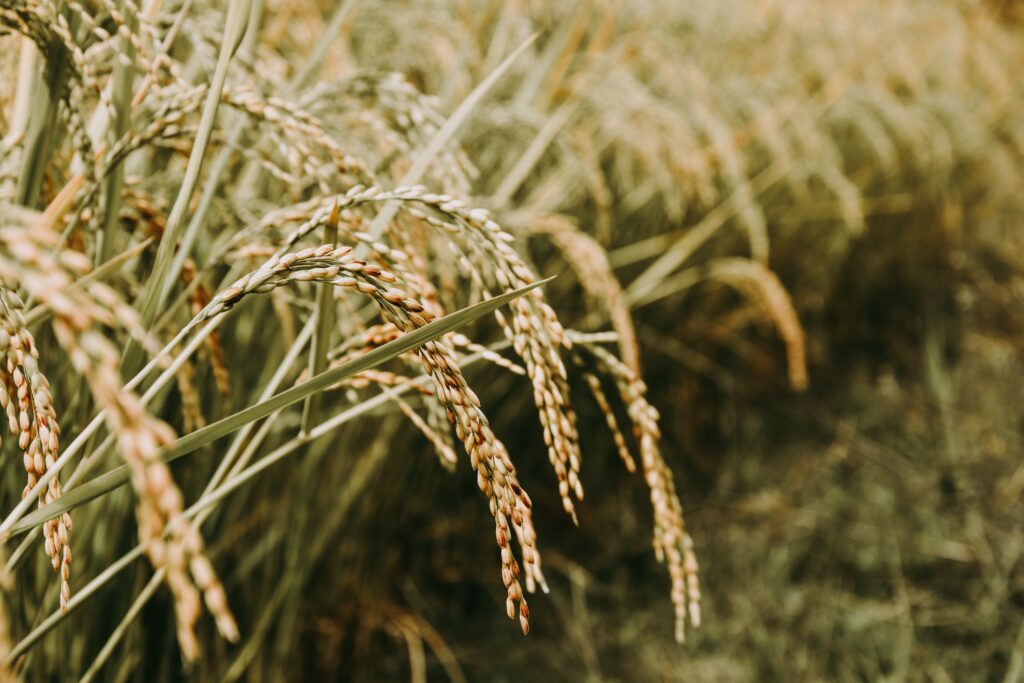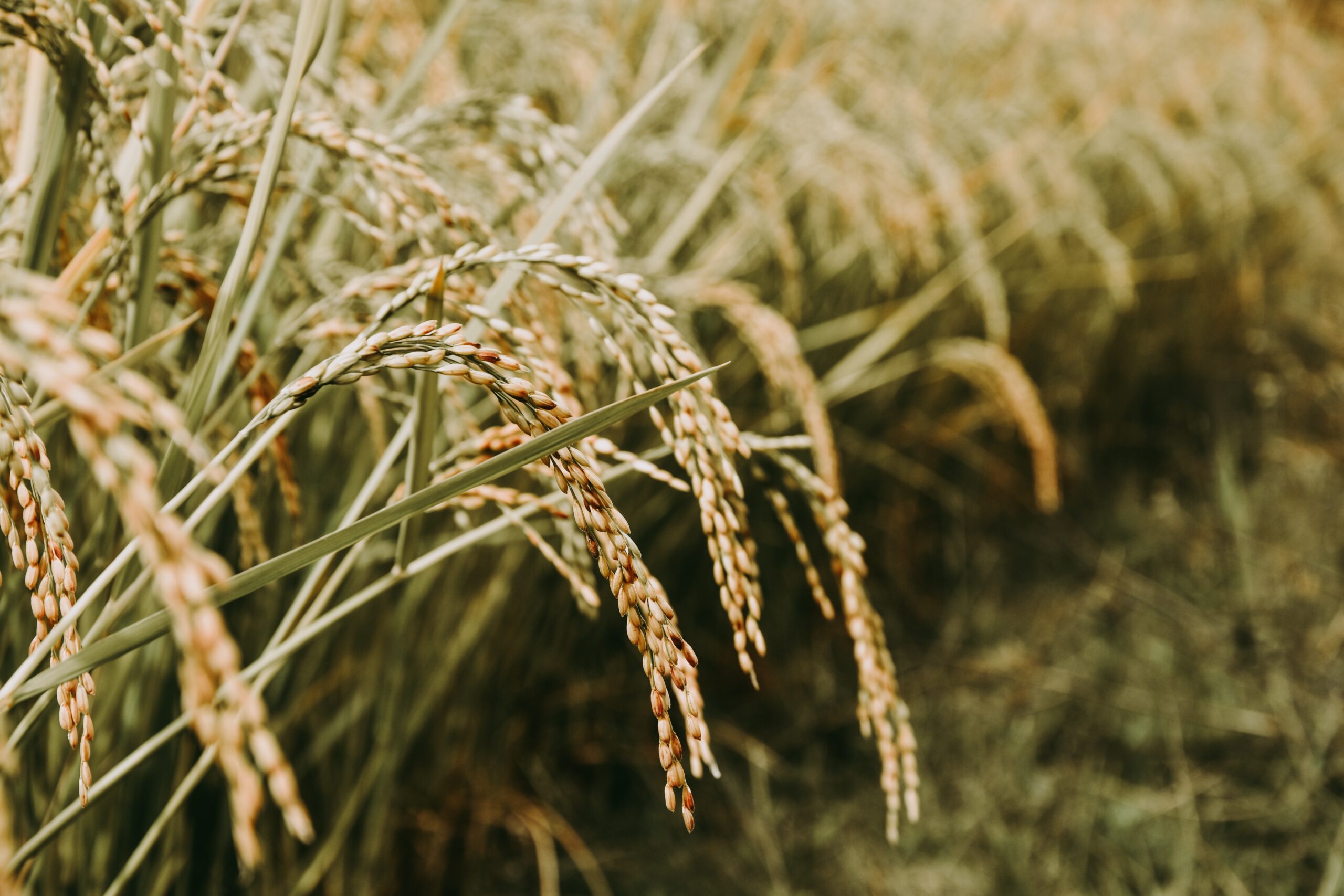秋分の末候「水始涸(みずはじめてかるる)」は、稲穂が実り、稲刈りの時期が近づいてきたことを表すものです。
「水始涸」は、文字通り「水がはじめて涸れる」という意味ではありません。稲作が盛んな日本では、水田の水を抜き、稲刈りに備える頃と解釈されています。
稲穂は、水をたっぷり吸って育ちます。秋になると、日照時間が短くなり、気温も下がるため、稲穂は水を吸い込む量が減ってきます。この頃になると、水田の水を抜き、稲穂を乾燥させる作業を行います。
水を抜くと、稲穂は黄金色に色づき、実りの時期を迎えます。そして、稲刈りが行われ、稲は収穫されます。
「水始涸」は、秋の自然の移ろいを象徴する言葉です。夏の暑さから、秋の涼しさへと移り変わる季節の変化を感じることができます。

英語
The Japanese lunisolar calendar has 72 seasonal signs, or “ko”. The 48th ko, “水始涸 (mizumihajimeru)”, marks the beginning of the harvest season for rice.
The term “水始涸” literally means “water begins to dry up”. However, it does not refer to the literal drying up of water. In Japan, where rice is a major crop, this ko marks the time when the water is drained from rice paddies in preparation for harvest.
Rice plants need a lot of water to grow. In the fall, as the days become shorter and the temperatures drop, rice plants begin to absorb less water. At this time, the water is drained from the paddies and the rice plants are allowed to dry.
As the water is drained, the rice plants turn a golden color and reach maturity. Harvest then takes place and the rice is collected.
“水始涸” is a word that symbolizes the changing of the seasons in autumn. It is a reminder of the transition from the heat of summer to the coolness of autumn.
Additional thoughts
In addition to the literal meaning of “水始涸”, it can also be interpreted in a more figurative sense. The draining of the water from the paddies can be seen as a symbol of the end of a cycle. The rice plants have reached their peak and it is time for them to be harvested. This can be seen as a metaphor for the changing of the seasons, or for the end of a particular phase in life.
The word “水始涸” is a reminder of the impermanence of all things. Everything in nature is constantly changing, and we should appreciate the beauty of each season as it passes.

コメント